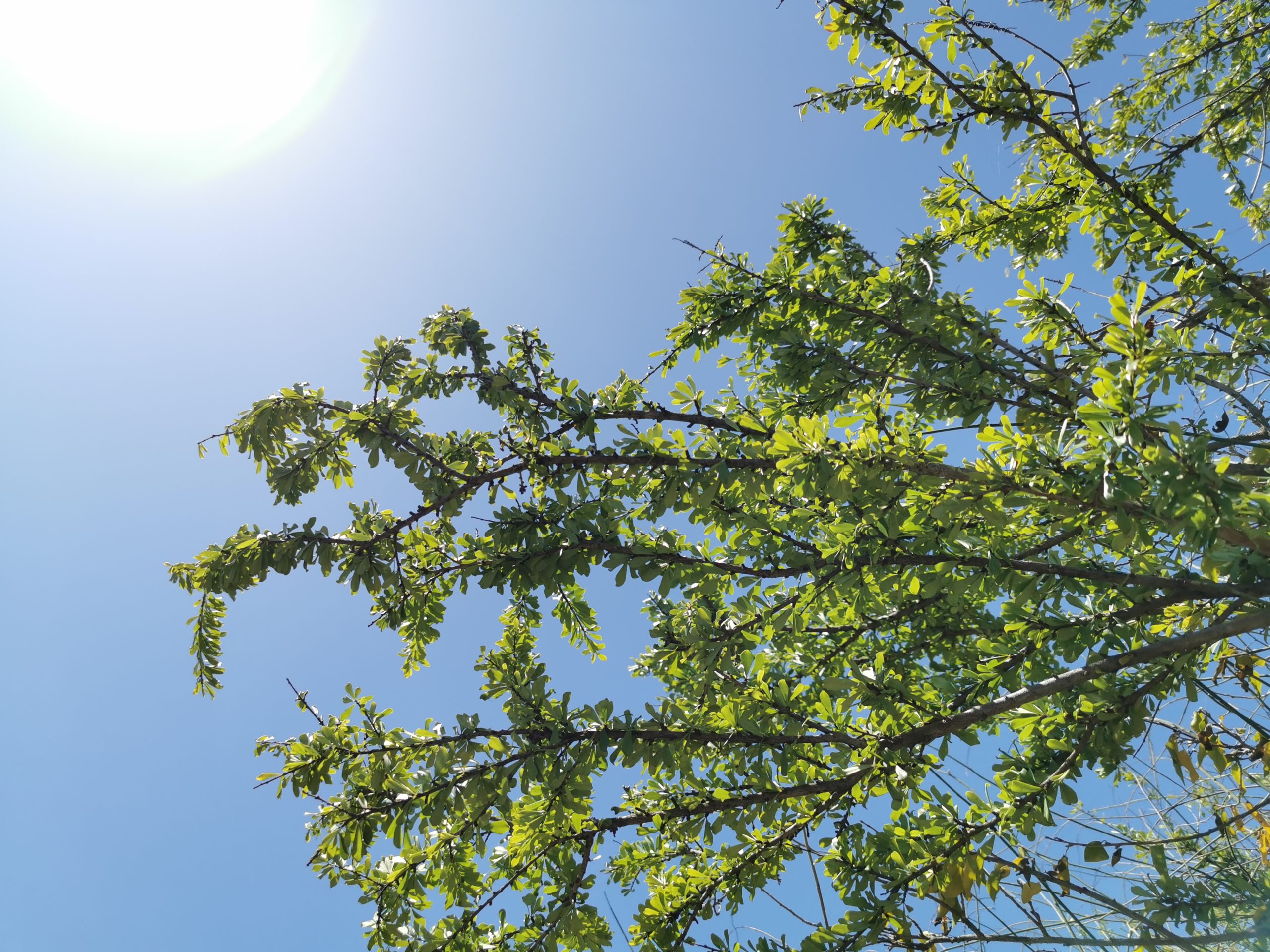
13 May Integrating Madagascar’s Sapotaceae into national reforestation programmes
Integrating Madagascar’s Sapotaceae into national reforestation programmes: how to ensure the conservation of a valuable group of threatened tree species
Partner: Association Famelona Madagascar / Geneva Botanical Garden
Years: 2024-2026
The taxonomic revision of the Sapotaceae of Madagascar is a research project undertaken by the Geneva Conservatory and Botanical Garden over several years. Initially financed by the Swiss National Science Foundation (2017-2019), then by Fondation Franklinia (2019-2023), it has made it possible to revise, circumscribe and map nearly 180 tree species, half of which are new to science, and to assess their risk of extinction: nearly three-quarters are threatened (EN or CR). The present project proposes to capitalise on these past results by implementing a concrete conservation project for these threatened tree species (CR and EN) occurring in Madagascar’s protected areas and orphan sites.

Donella seeds
Sapotaceae are large trees used as timber locally in Madagascar and represent an alternative to rosewood on the international market. Because they grow slowly and reproduce late, they are particularly threatened.
This project, based on the results of a previous taxonomic and biogeographical study (financed by Franklinia), aims to conserve 122 CR and EN species, spread over seven main intervention regions. The approach will be tested during the first phase of the project in three regions: Avaratra (home to 16 CR species and 15 EN species in eight Protected Areas/PAs); Avaratra-Antsinanana (comprising 10 CR species and 16 EN species; spread across four PAs) and Sambirano, (represented by 5 CR species and 7 EN species spread across three PAs: Ampasindava, Galoko-Kalobinono and Lokobe). These three regions have been chosen for this phase, which will run for two years and then be potentially gradually extended to two other regions.
The milestones of the project are as follows:
1. Identification of mother trees: identify seed source trees in the protected areas of intervention.
2. Seed collection: collect seeds from threatened Sapotaceae in order to guarantee their genetic diversity and viability.
3. Nursery cultivation: propagate seeds in nurseries to ensure germination and initial development.
4. Transplantation to restoration plots to enrich natural populations of Sapotaceae and restore the composition and floristic richness of secondary formations.
5. Deep involvement of local communities: involve local communities actively in the reforestation efforts, both in situ and ex situ, ensuring that they understand and support the objectives. Long-term returns, such as garden trees that can be used as life insurance, are a way of creating a lasting link between the communities and the project.
6. Protection of restoration plots from human threats and pressures.
7. Monitoring the restored areas.
The results obtained will help to improve the conservation status of the species targeted, increase the surface area of habitats and further increase knowledge of the taxonomy, biogeography and ecology of Sapotaceae.




